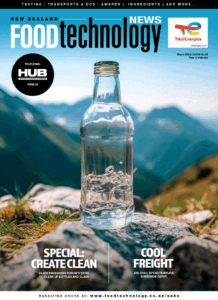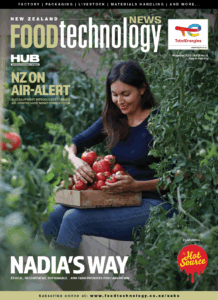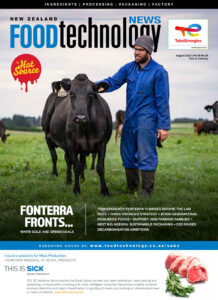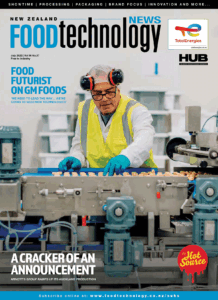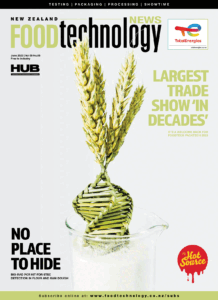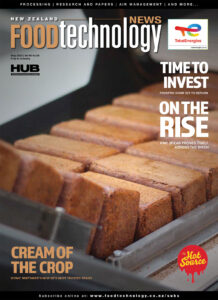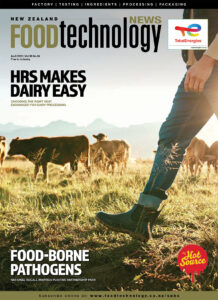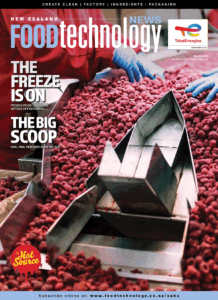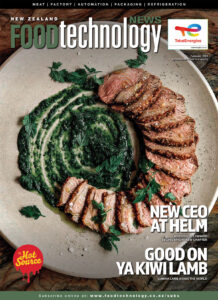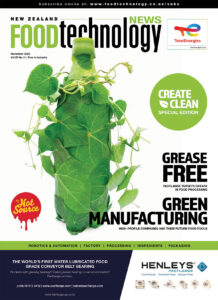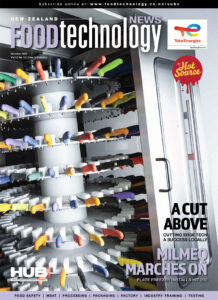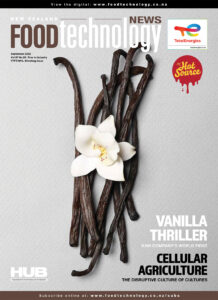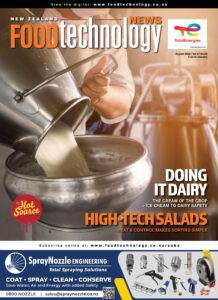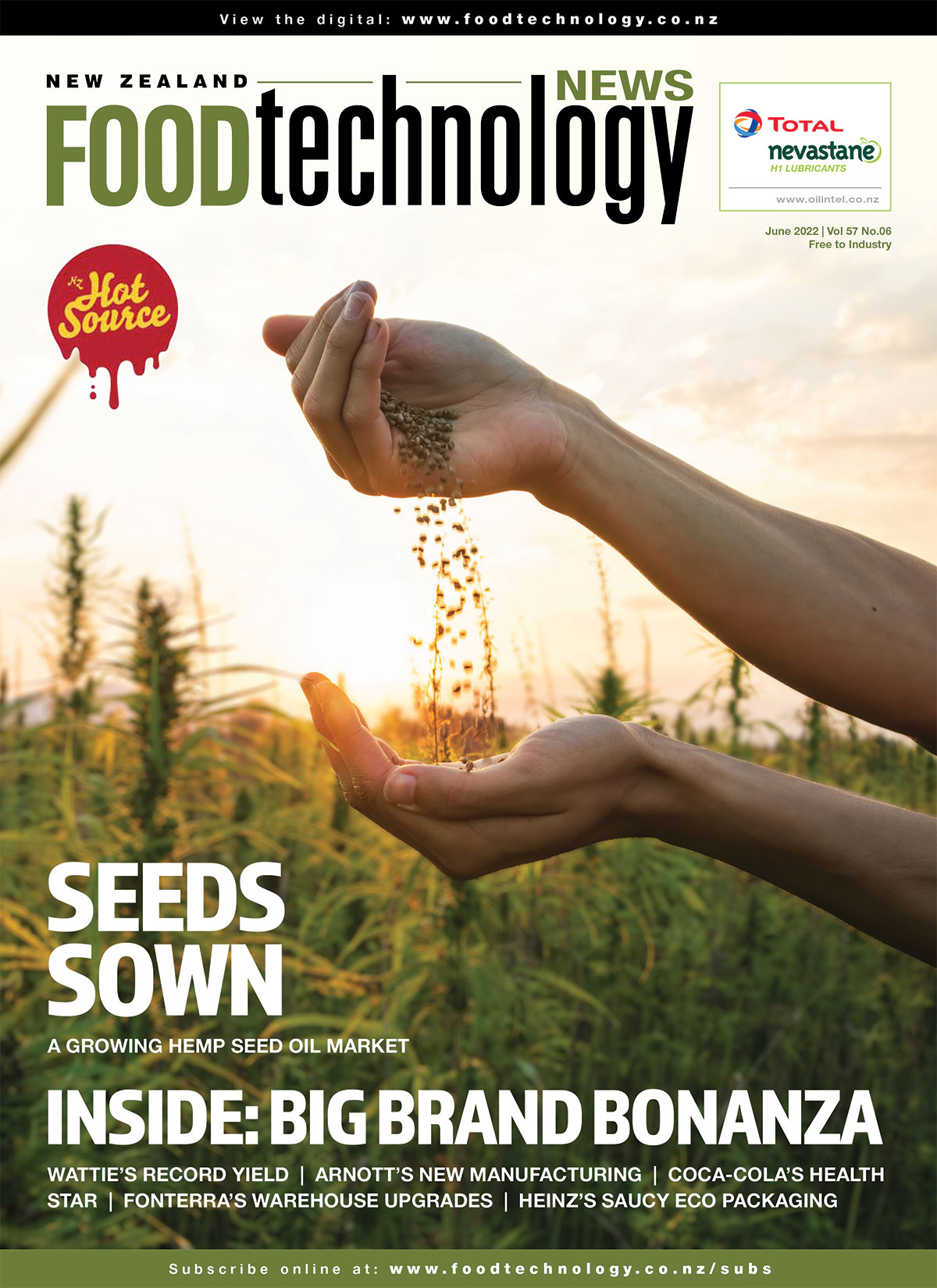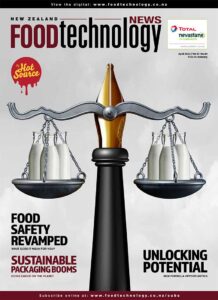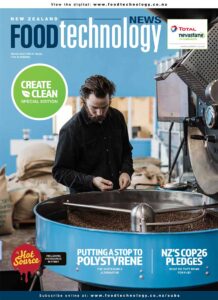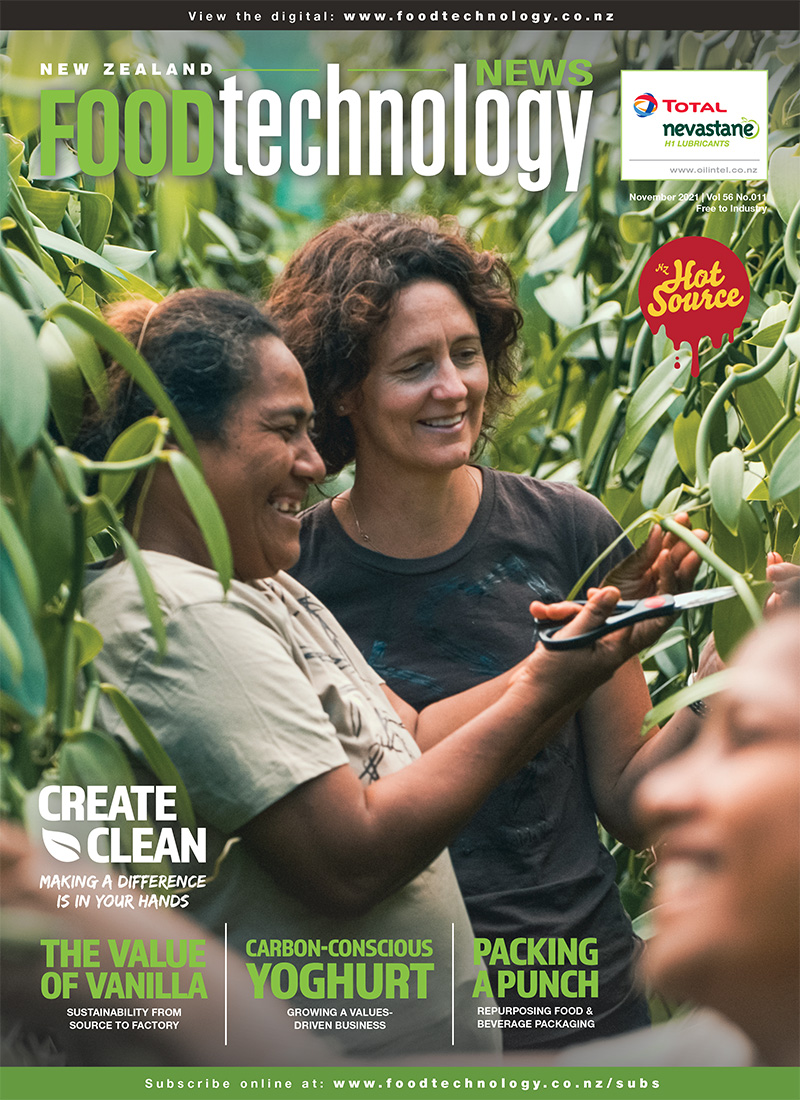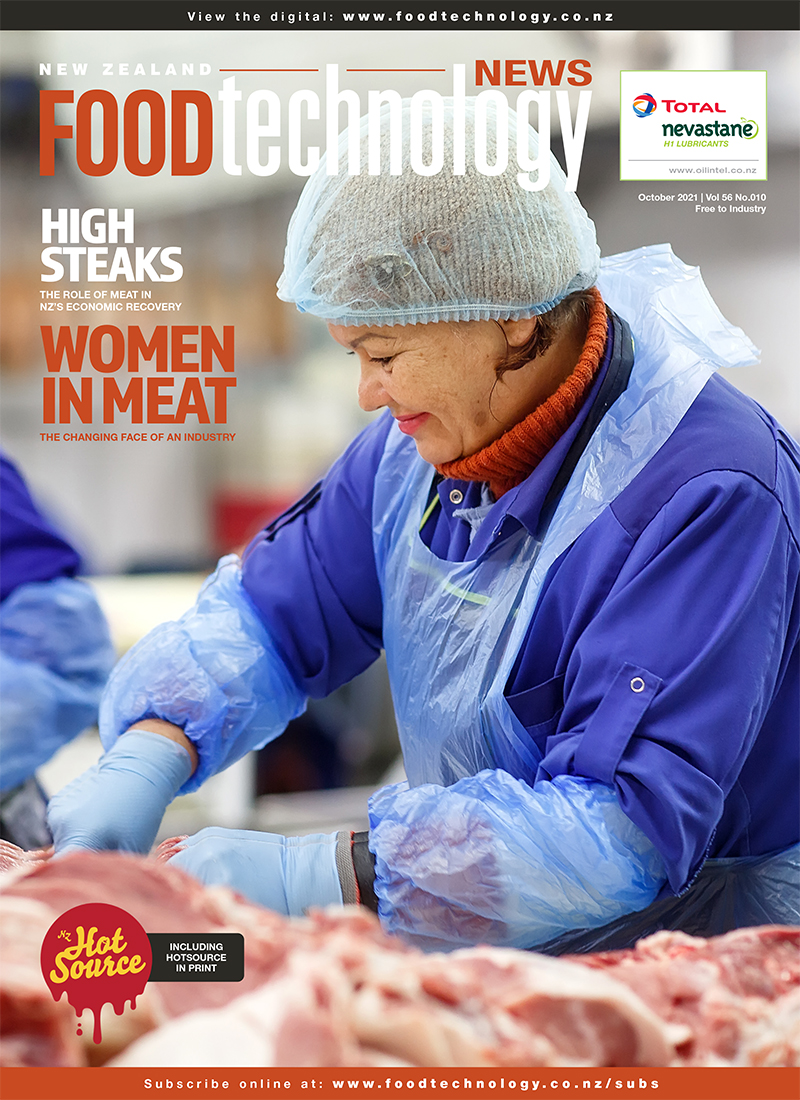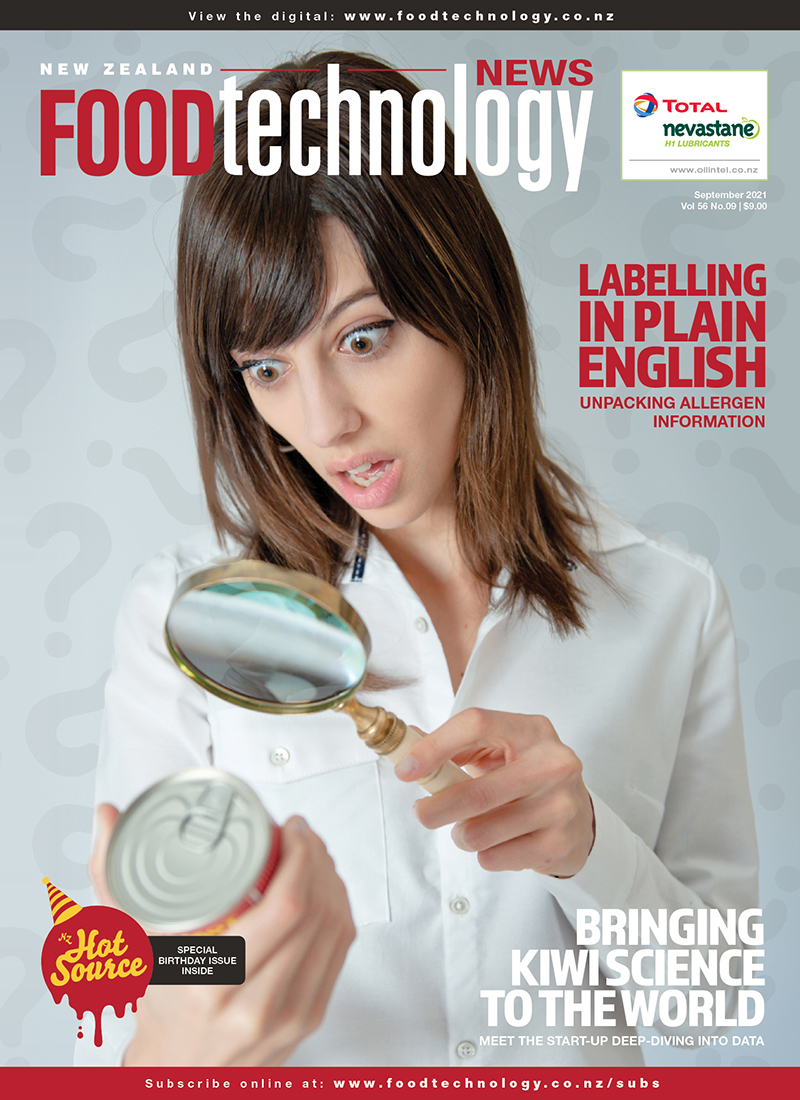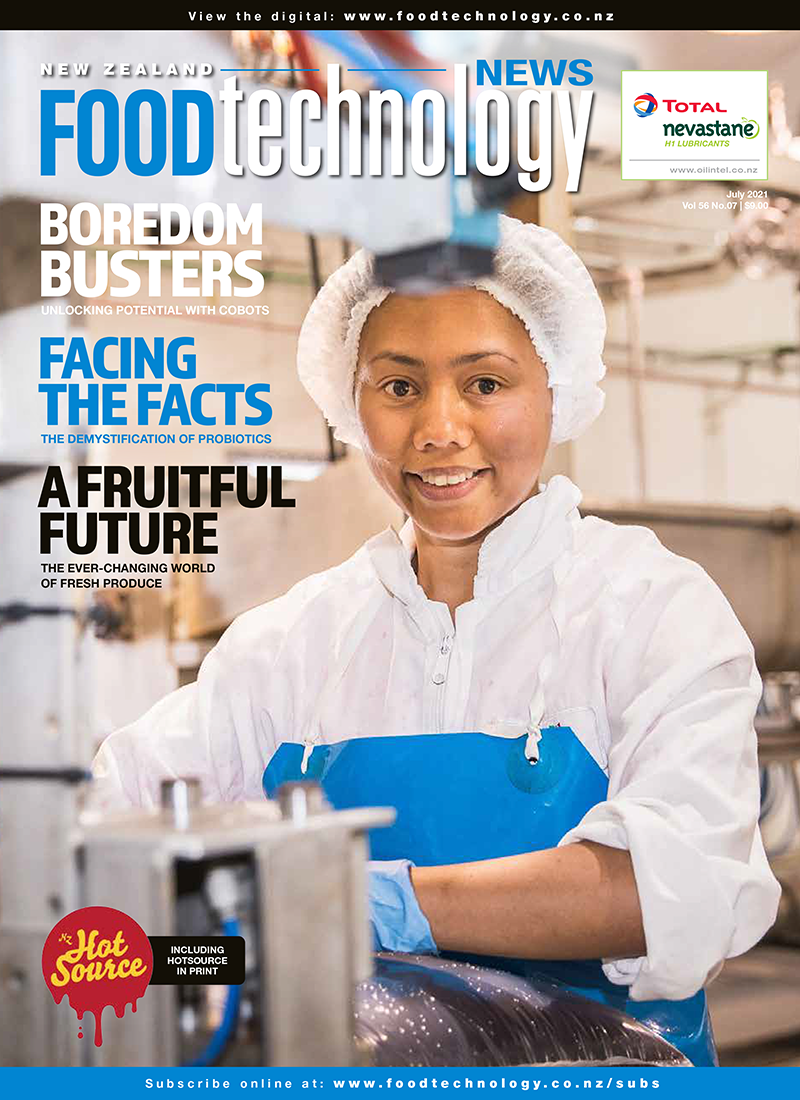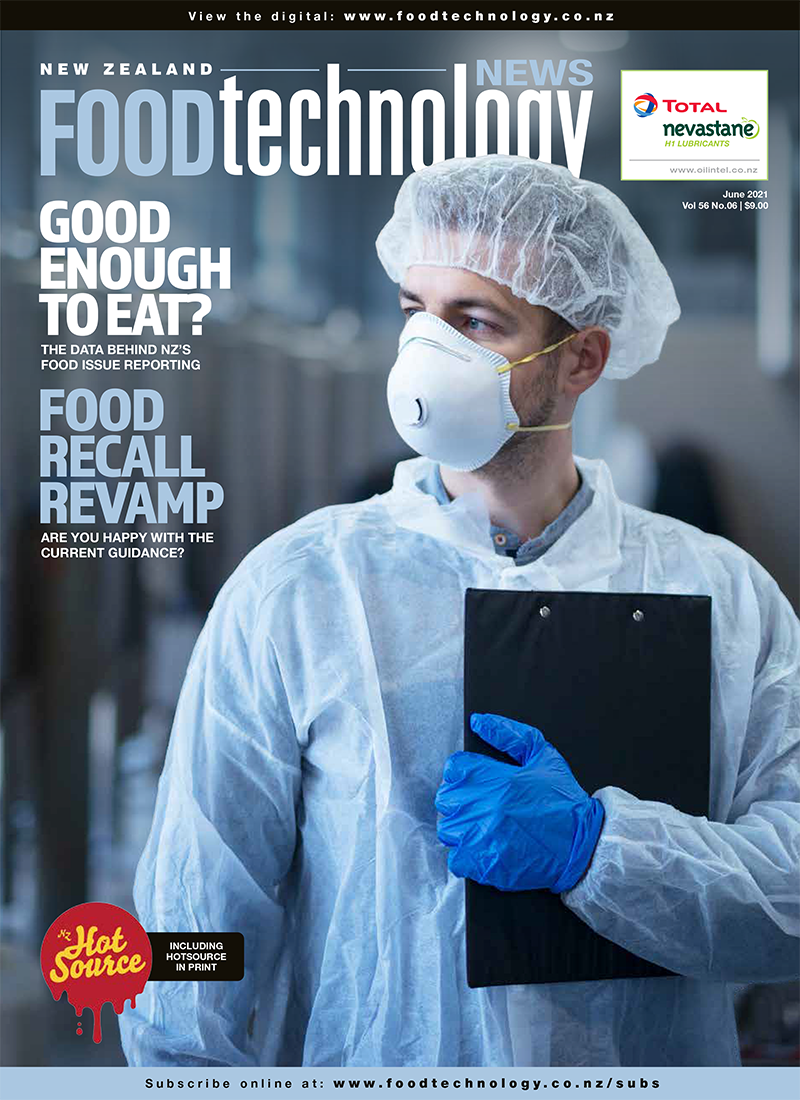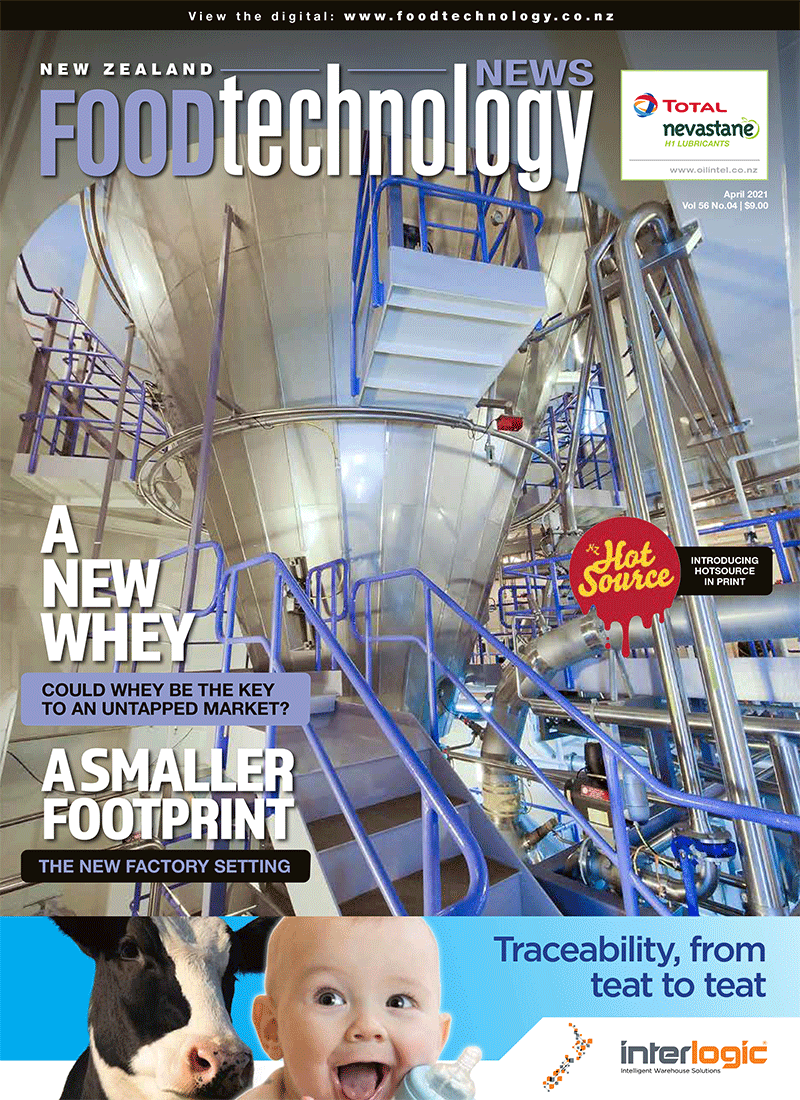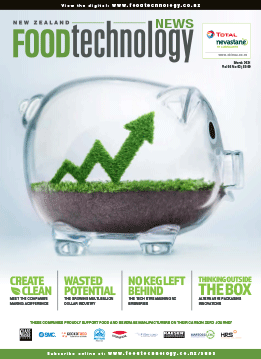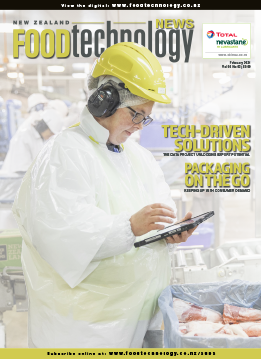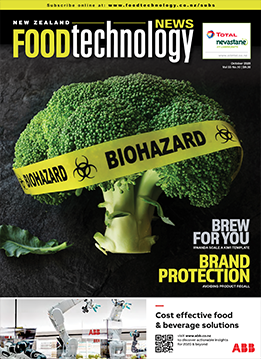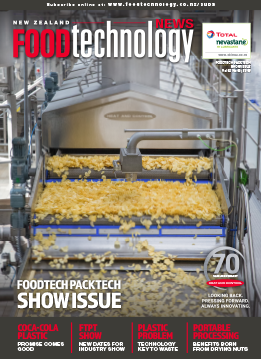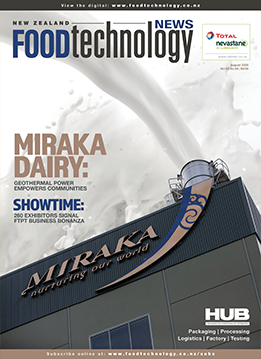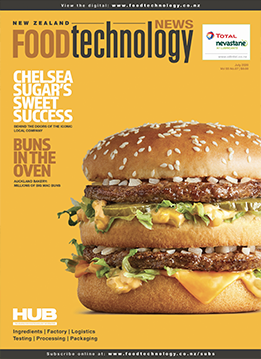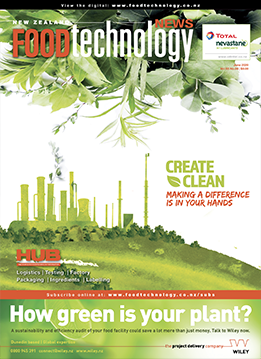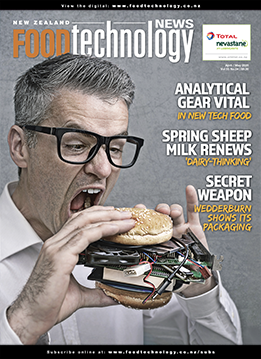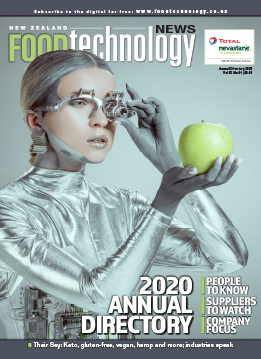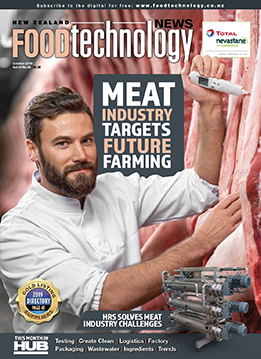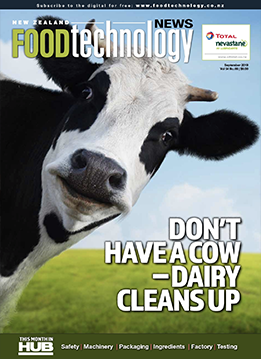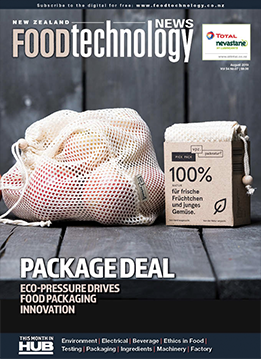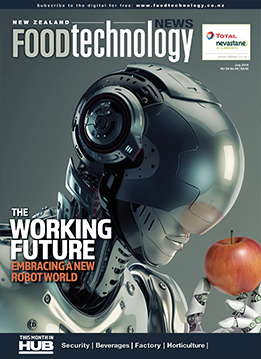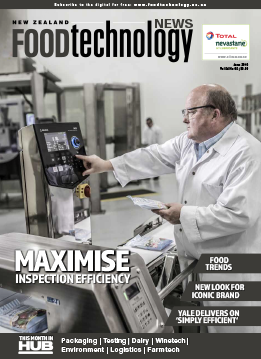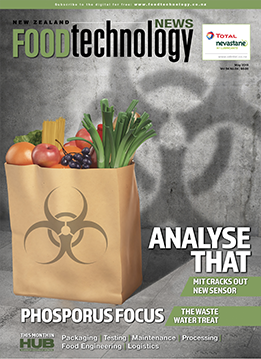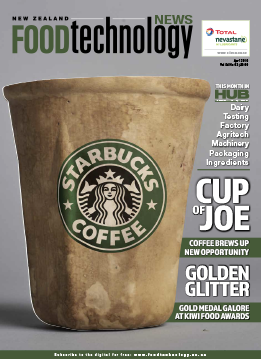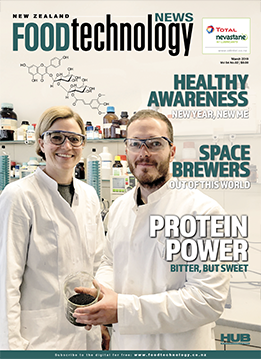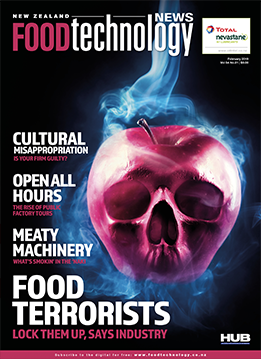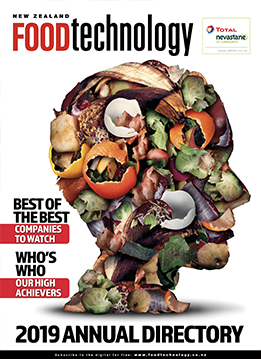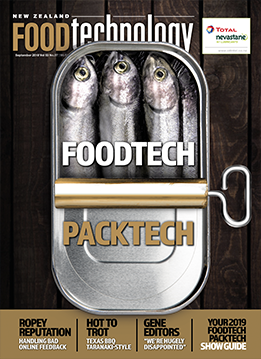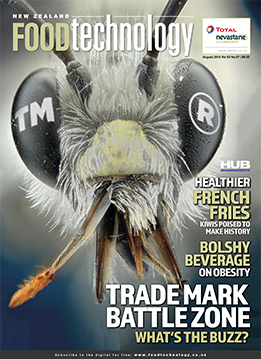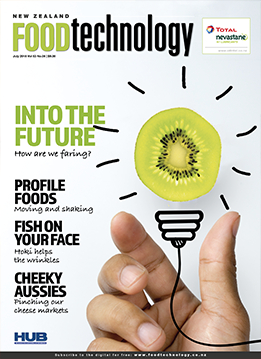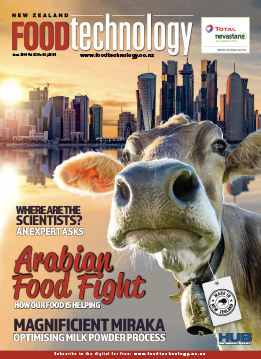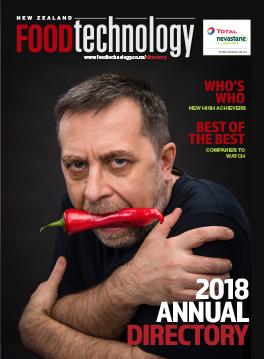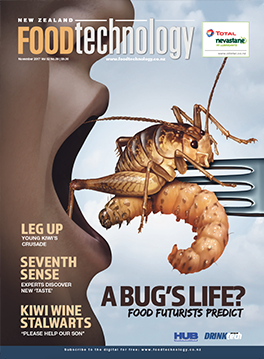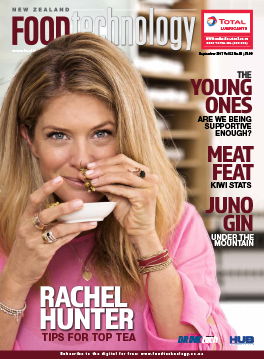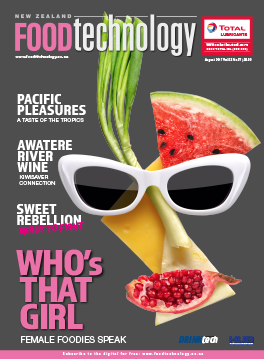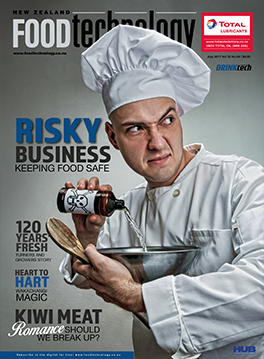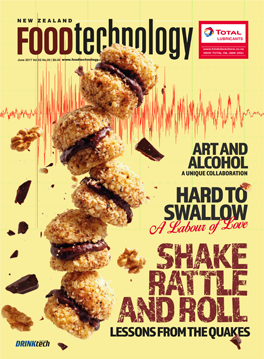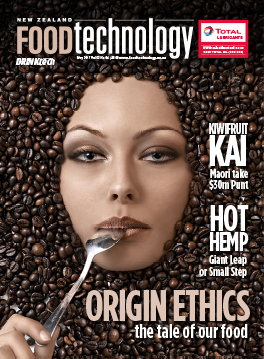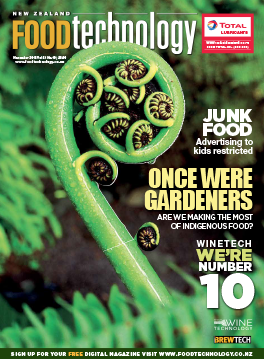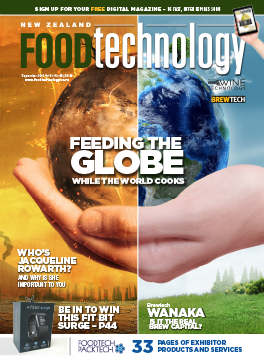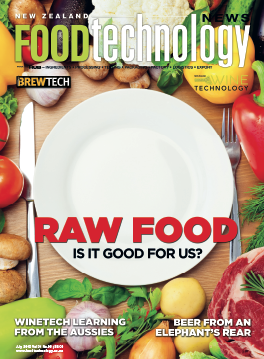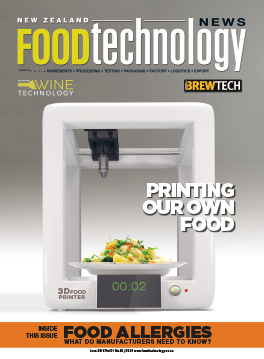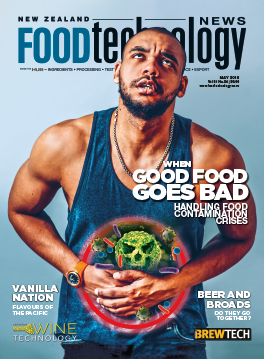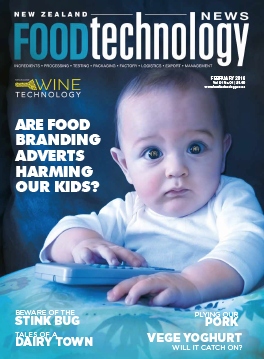
By Dr Jocelyn Eason, general manager of Food Innovation for Plant and Food Research
Animal protein products grown in the lab and designed for human consumption go under a variety of names, including cellular agriculture, clean meat and lab-grown meat. Googling these terms delivers numerous results reflecting the race to bring cellular agriculture products to market. Not to mention actual products – like Eat Just’s cultured chicken now retailing in Singapore. The common theme here is the lack of animals involved in production.
Recent advances in human tissue engineering and regenerative medicine underpin the rise of cellular agriculture. Over the past two decades, research has moved from university-led to start-up led.
The pros are compelling. Not only could this technology help meet human protein needs for the future, but it could do so with reduced environmental impact, increased animal welfare and improved food safety. It could heighten food security and decrease production times.
However, there remain significant challenges to address before this technology can realise this potential.
Challenges exist around securing cell lines, particularly in aquaculture where there are few cell lines suitable for seafood production. Another challenge is securing growth mediums – with researchers searching for low cost bovine serum-free growth mediums. Structure is an issue too. Products may rely on ingredients other than cultured cells for texture, mouthfeel and taste and suitable scaffold materials will be essential to provide the characteristics familiar to consumers in traditional products. Finally, bioprocess design is a key challenge for scaling up to industrial level production.
This list does not include regulatory issues or consumer acceptance. With these challenges ahead, the future of commercially produced lab-grown animal proteins is further from reality than it may seem from media reports. One of the biggest unknowns is whether the technology will become economically viable enough to feed a significant portion of the population.
Cellular aquaculture may be the easiest first step. Marine cells can grow at lower temperatures than mammal cells, reducing energy requirements and hence cost. These cells may also be more suited to the oxygen-limited environments found in tissue culture and provided via bioreactor. Instead of fatty fish species like salmon and tuna, a simpler first step for commercial production could be a non-fatty species like cod.
Dr Jocelyn Eason has a PhD in Plant Physiology from Otago University and an MBA from Massey University. In her current role, Dr Eason manages Plant and Food Research’s Food Innovation Portfolio, which includes teams that investigate human responses to food, the influence of food on human nutrition and wellness, and the production and supply of nutritionally rich foods.
The information and opinions within this column are not necessarily the views or opinions of Hot Source, NZ Food Technology or the parent company, Hayley Media.








